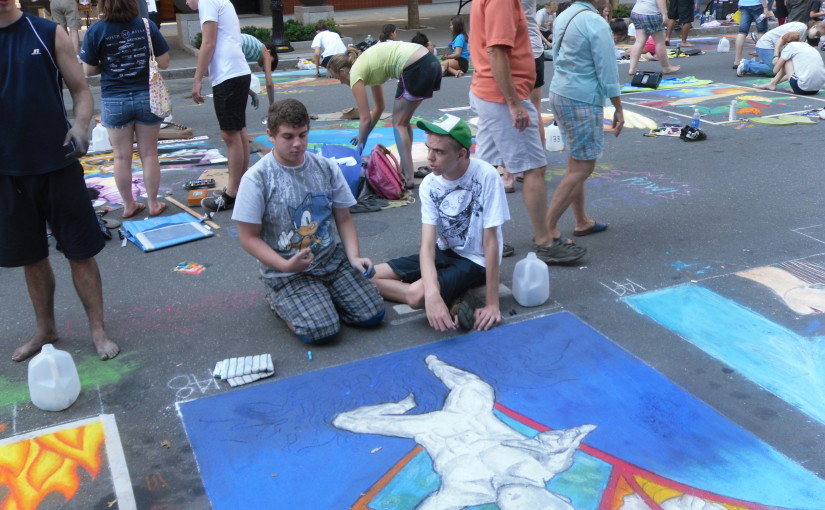Today, May 17 is Neurofibromatosis Awareness Day.
Not a day to celebrate, but a day to communicate. A day to declare the horrible, ugly symptoms of a disease that makes people prisoners in their own home. A disease that turns heads while the sufferers must hear the vile insults shouted from across the room. There, I’ve said it. Today is a day to call attention to a disease that not too many people have heard of, but plenty of people seem curious about.
Neurofibromatosis. What in the world is it?
Neurofibromatosis, or NF, is a disorder (either genetic or spontaneous) where, mostly benign tumors, grow within the nervous system. These tumors could be anywhere in the body including the brain and spine, but not limited to the feet–ouch!
That’s the unfortunate part of this horrible disease. As people mature, they develop more and more bumps under their skin–bumps–everywhere. Then add, Scoliosis-check; developmental delays-check; bone deformities-check; and cognitive impairment-check! Before long, some magnificent person has become so painfully disfigured, that all he or she can do is cry.
Not about the “bumps”
Each day people who suffer with Neurofibromatosis, wake up then go to work and live out their daily lives just as they do any other day. Today is different because there is a sense of elation in the hopes of finding a cure.
There are some research facilities, such as The National Institute of Neurological Disorders and Stroke, that study NF and are working hard to find the answers to this disease. There are treatments available for various types of NF and people can contact them for more information. Pain management and surgery are available but there are no guarantees for successful removal of the tumors.
Today is bittersweet though, because ironically, people who suffer from this disease want people to notice them; albeit secretly, they might want to crawl under a rock if anyone glances their way. Although many are stricken with huge tumors and fibromas, today’s awareness brings hopefulness for a cure and eventual happiness. Calling attention to themselves is something many people affected with NF struggle with.
Still not everyone who is diagnosed with NF has the same symptoms. While the severity of it varies, many of the challenges are the same; learning disabilities and pain are most common. But sometimes, the pain is not noticeable until you look deep into their eyes.
The fact is, the humiliation experienced by the actions expressed from others’ ignorant behavior is so unbelievably obnoxious, one wonders how people affected by NF manage the emotional turmoil.
We care about our appearance and are very conscious when we leave the house. Most of us care about our hairstyle and wearing nice clothes. But in addition to those needs, people with NF concern themselves with completely covering their bodies or perhaps shopping when the stores are less crowded. Many have taken advantage of the online shopping and home delivery services. Some with NF are so disfigured and stricken physically, they do not even leave their house due to the ugliness of other people’s comments and behavior. It is an emotional struggle which outsiders simply cannot understand.
Education
Children are especially vulnerable because the physical symptoms don’t appear until the late “teenage” years, however; the learning disabilities are evident from birth. This is ridiculously challenging because NF is hard to diagnose early on. Without a clear diagnosis, students are not be able to receive school-based services and resources. Here we go with that famous “red-tape” that I love to hate.
Employment
People with NF are independent, ready, willing, and able to work. The challenge is securing a job. If employers are not immediately turned off by a person’s physical appearance, then they might also not be willing to hire someone who has difficulty completing the employment application, or who can’t pass a pre-interview assessment; hence, the “learning disability” part of NF. Many with NF look perfectly, “normal” (whatever that may look like), but inside, have mild to severe neurological delays.
This can be extremely frustrating for both the employer and the applicant; to disclose or not disclose a disability.
Support in all the right places
The truth is, people with NF need friends. Socializing might send some people running, but with NF, it is near impossible to have good quality friendships if any at all.
This is really very sad, because I happen to know one really great guy who just wants to be like everyone else–and he is.
Today is a day which everyone with NF looks forward to. Not because there will be parties and balloons, but because there is added focus on the physical pain and emotional suffering these people must endure. Every. Single. Day. Not much of a celebration.
People who have NF are not so different; they too, need love, have feelings, ideas, and dreams. Sadly, the world just doesn’t see it the same way.
While the “bumps” under the skin are the most noticeable and an obvious part of NF, this disease is about acceptance. The world puts such an emphasis on how a person “looks” that we lose sight of the one thing which makes a person who they are–their character.
Neurofibromatosis: A very ugly word that affects very beautiful people.
Neurofibromatosis Information & Facts
Types of Neurofibromatosis (NF1-NF2-Schwannomatosis)
Three levels of this disease have many of the same problems. These cells originate
in the "supporting cells" and all strike the nervous system, but the difference is
where the cells start; either at the peripheral nerve or in the Schwann cells.
NF1 and NF2 strike approximately 1 in 3,000 to 4,000 births.
NF1 being the most common but not necessarily the easiest. Each type has
many of the same symptoms and challenges, but with NF2, most are more pronounced.
Schwannomatosis, is even more rare affecting 1 in 40,000 people who might have
very large visible tumors and usually an enormous amount of pain.
Symptoms
Tumors develop under the skin and will present as small bumps; some people have
only one symptom of this horribly disfiguring disease. Others will have very
large painful schwannomas but few bumps.
There are many significant challenges for anyone diagnosed with Neurofibromatosis.
This is not an exhaustive list, and keep in mind, that depending on the diagnosis,
many of these symptoms vary with each individual.
Hearing loss
Learning disabilities
Pain
Scoliosis
Growths on the iris (Lisch nodules)
Tumor on the optic nerve
Cafe-au-lait spots
Freckling in the armpit or groin
Glioma
Meningioma
Schwannomas
Cataracts
ADHD
Bone deformity




Let’s Talk!